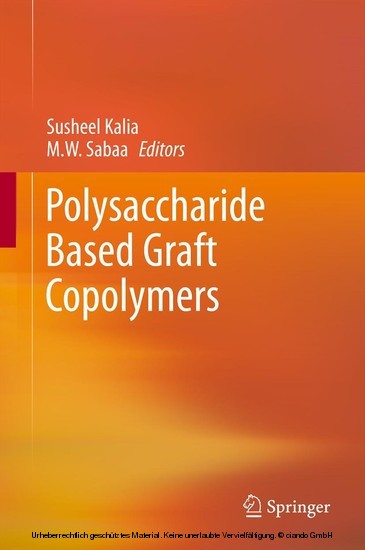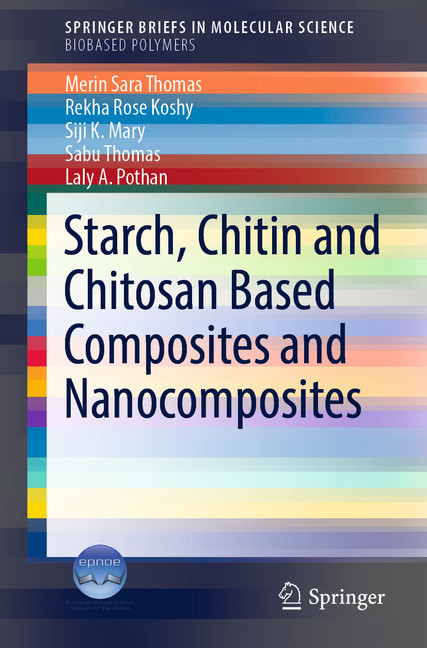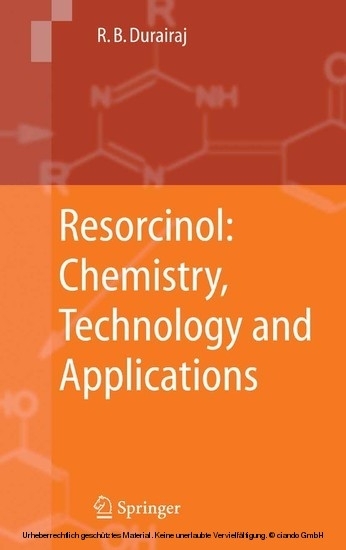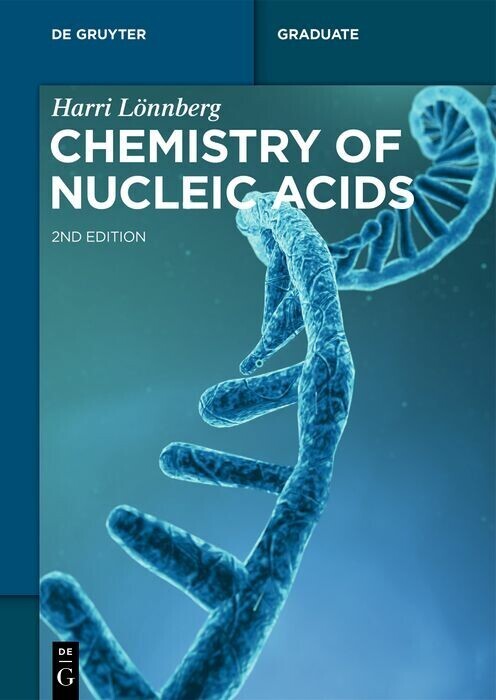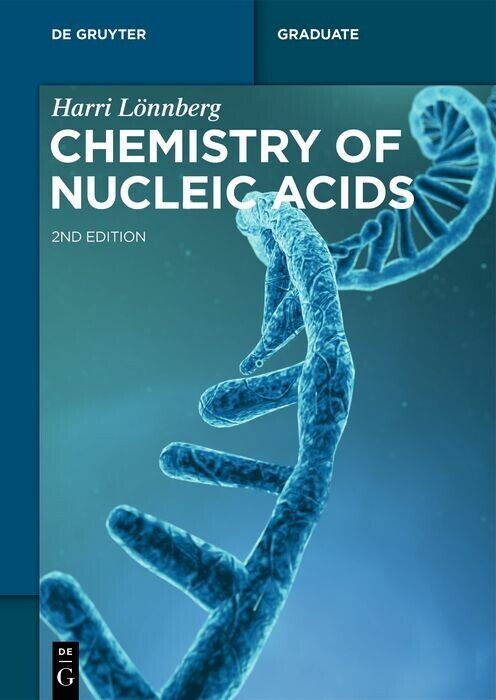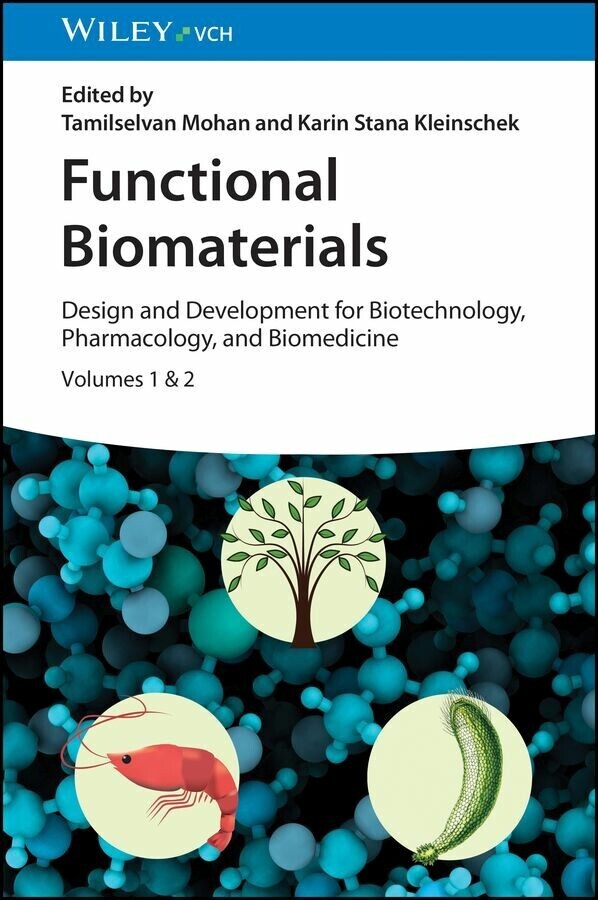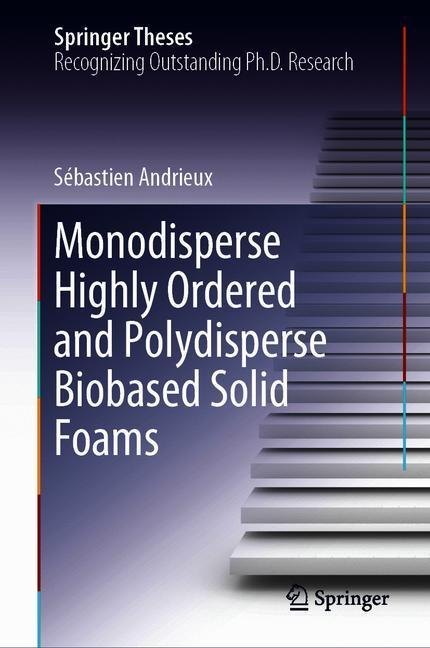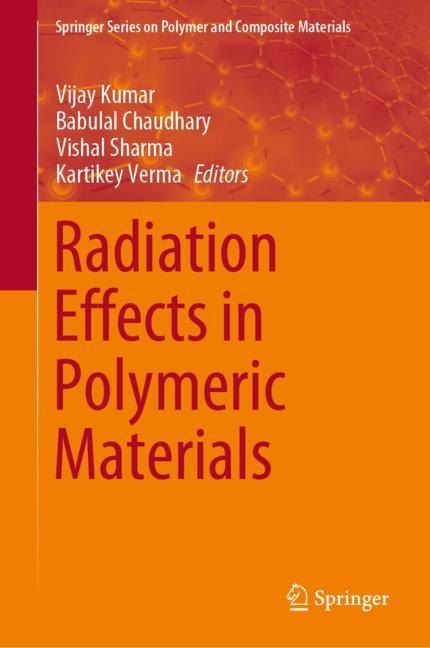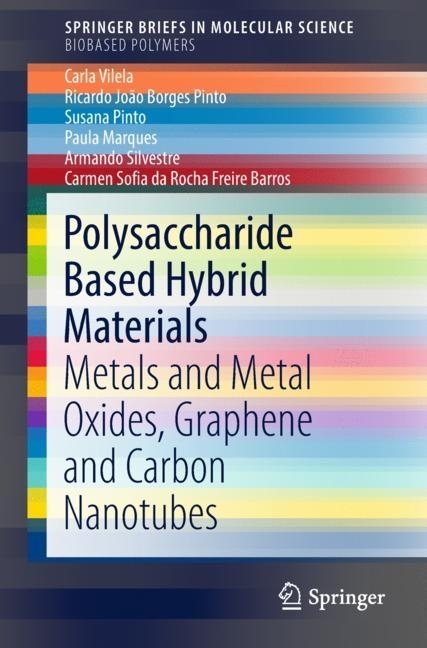Polysaccharide Based Graft Copolymers
Polysaccharides and their graft copolymers find extensive applications in diversified fields. Applications of modified polysaccharides include drug delivery devices, controlled release of fungicides, selective water absorption from oil-water emulsions, purification of water etc.
Dr. Susheel Kalia is Assistant Professor in the Department of Chemistry, Bahra University, Solan (H.P.) India. After completing his Ph.D. at Punjab Technical University, Jalandhar, India, he began working as Assistant Professor in Singhania University, (Rajasthan) and Bahra University (Shimla Hills) where he has been for the past five years. Kalia has around 40 research papers in international journals along with 80 publications in proceedings of national and international conferences and seven book chapters. Kalia's other editorial activities include work as a reviewer and memberships of editorial boards for various international journals. Additionally, he has edited a number of books such as, 'Handbook of Biopolymers and Their Application' and 'Cellulose Fibers: Bio- and Nano- Polymer Composites'.He is also a member of a number of professional organizations, including the Asian Polymer Association, Indian Cryogenics Council, the Society for Polymer Science, Indian Society of Analytical Scientists, and the International Association of Advanced Materials. Presently, Kalia's research is in the field of biocomposites, nanocomposites, conducting polymers, cellulose nanofibers, inorganic nanoparticles, hybrid materials, hydrogels and cryogenics.
Prof. Magdy Sabaa is Emeritus Professor of Polymer Chemistry, at the Faculty of Science, Cairo University since August 2010. He got his B.Sc. degree in Applied Chemistry in 1971 with grade Distinction and Honor degree from Cairo University. After completing his Ph.D. degree in 1979, in the field of Polymer Chemistry, he was appointed as lecturer of polymer chemistry at the Faculty of science, Cairo university, then assistant professor and finally as professor of polymer chemistry in 1991. During his scientific career, he attained two postdoctoral fellowship, the first at Prague Institute of Chemical Technology (1981-1982) and the second at Tokyo Institute of Technology (1983-1984). Moreover, he attained a training course in polymer physics at Trieste, Italy during April-May 1987. Prof. Sabaa published 86 research articles and one review article in international Journals along with 18 publications in proceedings of national and international conferences. He has supervised more than 50 M.Sc. and Ph.D. theses in the field of polymer chemistry. Prof. Sabaa works as a reviewer for various international journals and he is a member in the Arab Society of Material Sciences and in the Egyptian Society of Polymer Science and Technology. Sabaa's research activity is in the field of polymer degradation and stabilization, graft copolymerization, hydrogels and SI-hydrogels, super absorbing materials, biodegradable polymers and polymers with antimicrobial activity.
| ISBN | 9783642365669 |
|---|---|
| Artikelnummer | 9783642365669 |
| Medientyp | E-Book - PDF |
| Auflage | 2. Aufl. |
| Copyrightjahr | 2013 |
| Verlag | Springer-Verlag |
| Umfang | 353 Seiten |
| Sprache | Englisch |
| Kopierschutz | Digitales Wasserzeichen |

